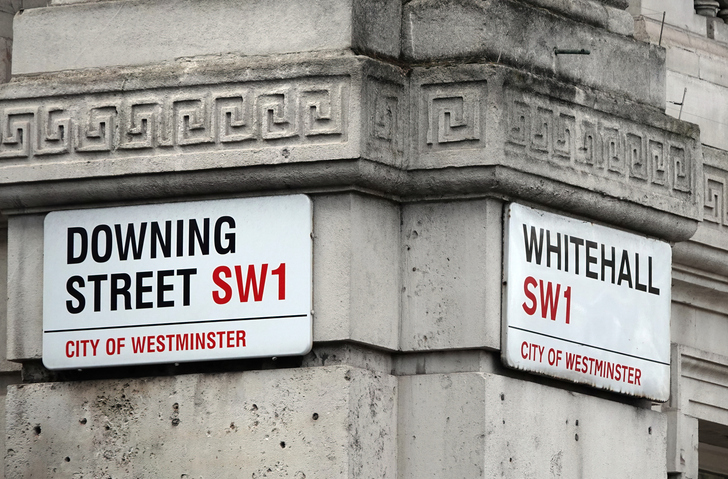The sixth annual survey of AIM, Spotlight on AIM 2009, by M&A’s sister title Growth Company Investor demonstrates that the current crisis in global financial markets has been keenly felt by London’s growth market.
With investor confidence understandably shaken, share prices in the small-cap sector have suffered from sharp falls. Moreover, with investors moving money away from the perceived higher risks of small-caps, institutional fund managers have had fewer resources and less motivation to back new arrivals to the market.
The temporary lack of cash removed companies’ main motivation for listing, and the number of AIM new issues – including transfers from other markets but excluding readmissions – fell to an all-time low of 70 in 2008. This compares with the 222 that joined the year before and the 438 newcomers that arrived at the peak of AIM’s new issues torrent in 2005.
At the same time, the collective market capitalisation of AIM drained away dramatically from £97.6 billion to just £37.7 billion, a reduction of more than 61 per cent that saw AIM giving up gains accrued during the bull market years and paring its market value back to levels last seen in 2004.
Beyond the numbers
While many valuations have suffered, the trading fortunes of a whole host of companies at the smaller end of AIM remain encouraging. Valued at less than £20 million, there are many companies with strong track records that have been caught up in what in many cases has been an indiscriminate derating.
There is an abundance of value to be found by investors and acquisitive companies willing to look. A long line of ventures now trade on less than one times their historic earnings (see Table 1). Obviously not all such concerns are worthy of investment, but such lowly ratings can occasionally develop into good prospects.
More than 300 companies are on historic price ratios of less than ten times earnings and over 200 are below five times earnings. There are over 650 companies on a ratio of less than one times sales (see Table 2).
Values contract
The sell-off in smaller company equity continues to increase the long tail of AIM ventures trading on lowly valuations. Over 70 per cent of AIM concerns are now valued at £20 million or below, and 53 per cent of all AIM-listed businesses are now priced at less than £10 million. More than a third of all companies – 37 per cent – are worth less than £5 million, a percentage that has expanded dramatically from the 19 per cent at the beginning of 2008.
In the current economic climate, any shares perceived as being high risk have been sold down heavily, and those that have suffered from poor operational performance have been savaged. As the market value of AIM companies has shrunk 61 per cent, so the value of the AIM Index has tumbled 59 per cent from almost 1,000 to 400 points over the year, hitting an all-time low in March of 374 points.
The worst-performing individual share is Premium Bars & Restaurants, the leisure group formerly known as Ultimate Leisure, which reported losses of £21.4 million (including considerable write-offs related to an acquisition and freehold property review) for the year to June. Its share price fell by 98.9 per cent. With trading hit by the crunch on consumer spending, the company has also warned of its funding concerns and received the resignation of its executive chairman. Prolonged negotiations with its bankers led to the delaying of its accounts and the current suspension of its shares.
Similarly, second on the list is gambling machines group Inspired Gaming, down 98.6 per cent, which was forced to write down the value of its pub division and lost £45.3 million during the first half of the year before selling off that same division. The list also includes indebted Ukrainian real estate concern XXI Century Investments, which lost 98.6 per cent of its value as the problems in global financial and real estate markets spilled over into the Ukraine, with geopolitical concerns possibly weighing too. With cash constraints and recent difficulties selling its assets further impinging, its shares now trade at 17p, compared with an issue price of 586p.
Fallen giants
Among the largest companies on AIM there has been a number of meaningful market value declines, although many of the market’s largest companies are proving to be more dependable than their smaller market neighbours. Significantly, however, no single company on AIM now commands a valuation of £1 billion or above. Last year’s report showed two such concerns, and the 2006 Spotlight research reported that AIM was home to seven organisations valued north of that milestone figure.
Only two companies now carry values of more than £500 million, while just 23 are worth more than £200 million. Last year’s report counted 17 at over £500 million and 117 at £200 million-plus.
At present, the largest AIM company is specialty insurance products venture Lancashire Holdings. Its market capitalisation has grown from £713 million to £780 million over the year, resulting in a move up the table from eighth to first place. Robust of balance sheet, with a conservative strategy and expected improved trading in 2009, the UK and Bermuda-based company has signalled its intention to move to the Official List.
Moving to the second spot is gaming sector technology group Playtech, although its market capitalisation eased from £832 million to £745.4 million, in spite of positive recent pronouncements. Providing the software that powers William Hill Online, the company recently reported 70 per cent annual sales growth.





